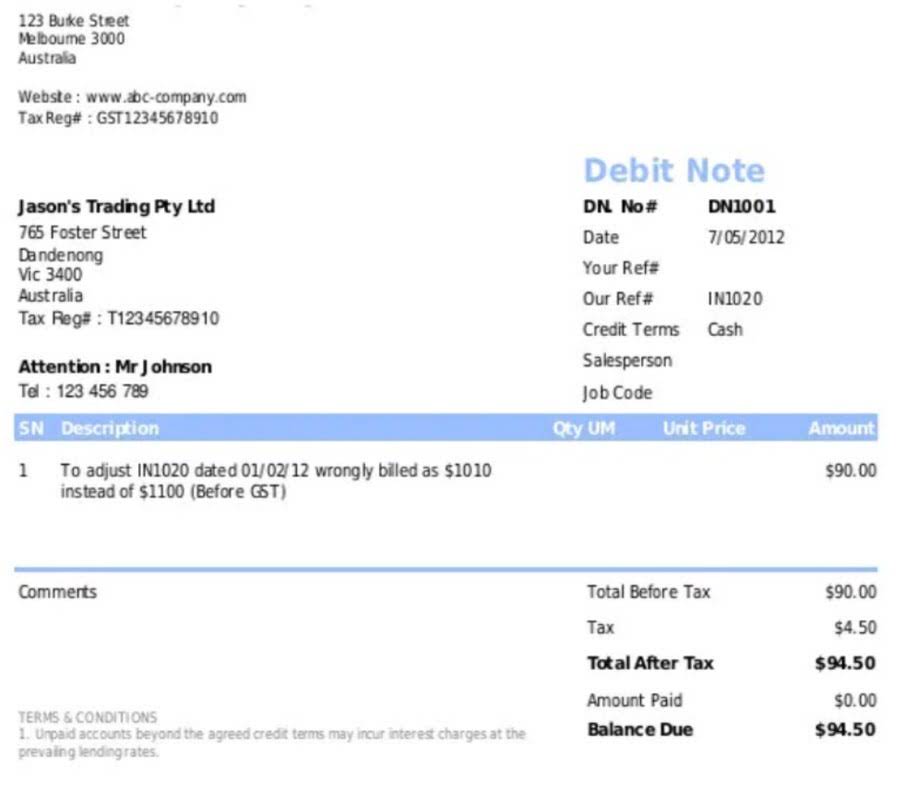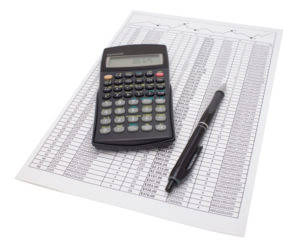Receivables: Types of Receivables, Calculation & Examples

Finance Strategists has an advertising relationship with some of the companies included on this website. We may earn a commission when you click on a link or make a purchase through the links on our site. All of our content is based on objective analysis, and the opinions are our own. Amortization allows a company to take that portion of an uncollectible account that is deemed to be impaired and account for it as though it were a sale of goods or services. In the event that a receivable from an officer or stockholder is written off, full disclosure should be provided of the significant facts because of the related-party situation. This approach is acceptable for these receivables because non-collection is generally less frequent and thus not as easily anticipated.
Which of these is most important for your financial advisor to have?
If the compensation covers services extending over several years, it would be appropriate to establish a Prepaid Expense account, which would be amortized over those years. Accounting theorists have long recognized that lending cash at a low interest rate causes firms to lose income. The person or company obtaining rights to possess and use the property is the lessee.
What Is a Note Receivable: Its Examples and Journal Entries
- On the other hand, businesses typically incur notes payable when borrowing money, issuing bonds, or entering into agreements where they owe payments to external parties.
- Notes receivable are formal promissory notes in which a debtor acknowledges a debt to a creditor and commits to repay the debt at a predetermined future date.
- Student loans are a special type of consumer borrowing that has a different structure for repayment of the debt.
- When money is borrowed by an individual or family from a bank orother lending institution, the loan is considered a personal orconsumer loan.
- Under this approach, the assets(items owned by the organization) were obtained by incurringliabilities or were provided by owners.
- Now the note has been completely discharged, MPC has recorded an interest income of USD987.
In promissory note receivables accounting there are a number of journal entries needed to record the note receivable itself, accrued interest income, and finally the honoring (payment) of the note receivable by the third party. These receivables are typically classified separately from trade receivables as they involve different types of transactions and may have different payment terms or conditions. The company uses this table to track and manage its non-trade receivables, ensuring timely collection and monitoring of the due dates for each debtor.
How can we determine if a company has uncollectible accounts?
To measure income and to disclose the amount of cash expected to be realized from non-trade receivables, it is necessary to determine their collectibility. Non-trade receivables, like other receivables, should be recorded initially at their present value computed with a realistic discount rate. The final major asset category we will examine in detail is notes notes receivable current or noncurrent receivable, which, like investments, can either be a short-term or long-term asset, depending on the maturity date. Characteristically, notes are similar to loans because they come with interest and principal amounts. Assuming the customer makes the repayment to ABC Co.’s bank account, ABC Co. can use the following journal entry to record the receipt.
What does amortization of non-trade receivables mean?
In general, receivables should be recorded at the present value of the future cash flows, using a realistic interest rate. They are almost always classified as current because their normal collection period is part of, and therefore less than, the operating cycle. The customer has not paid for the good or service received at the time of the transaction. Instead, the business has extended credit to the customer and expects to receive payment for the transaction at some point in the future. When customers are unable to pay off the credit in the normal timeframe, a note receivable allows them more time to make payments, and interest is applied. Accounts receivable refers generally to any transaction in which the customer has not paid in full for what they have received.
Notes receivable accounting

A note receivable will mention the two parties involved, the payee and the payer. For example, if a business wants to borrow $7,000, Square might charge a total of $7,910 for the loan. Upon approval, the $7,000 is deposited into the business’s checking account the https://www.bookstime.com/ next day and then Square charges 9% of the business’s credit card sales each day until the $7,910 is fully paid. Square says that the advantage of this percentage-of-sales method is that the business does not have to make large payments when business is slow.
Recall, too, that revenues (inflows as a result of providing goods and services) increase the value of the organization. So, every dollar of revenue an organization generates increases the overall value of the organization. The format of this illustration is also intended to introduceyou to a concept you will learn more about in your study ofaccounting. Notice each account subcategory (Current Assets andNoncurrent Assets, for example) has an “increase” side and a“decrease” side.
Notes receivable accounting:

Overdue accounts receivable are sometimes converted into notes receivable, thereby giving the debtor more time to pay, while also sometimes including a personal guarantee by the owner of the debtor entity. The guarantee provision makes the note receivable easier to collect than a standard account receivable. When a note receivable originates from an overdue receivable, the payment tends to be relatively short – typically less than one year.
When a customer does not pay an account receivable that is due, the company may insist that the customer gives a note in place of the account receivable. Notes receivable are financial assets of a business which arise when other parties make a documented promise to pay a certain sum on demand or on a specific date. Notes receivable are different from accounts receivable because they are formally documented and signed by the promising party, known as the maker of the note, to the party who receives the payment, known as the payee. They are a key indicator of a company’s ability to convert assets into cash and meet short-term obligations. Analysts often scrutinize the aging schedule of notes receivable, which categorizes outstanding notes by their due dates. This schedule helps in evaluating the timing of cash inflows and the potential need for additional liquidity sources if collections are delayed.
This concept is that nomatter which of the entity options that you choose, the accountingprocess for all of them will be predicated on the accountingequation. In addition to what you’ve already learned about assets andliabilities, and their potential categories, there are a couple ofother points to understand about assets. Plus, given the importanceof these concepts, it helps to have an additional review of thematerial.

Deixe uma resposta
Want to join the discussion?Feel free to contribute!